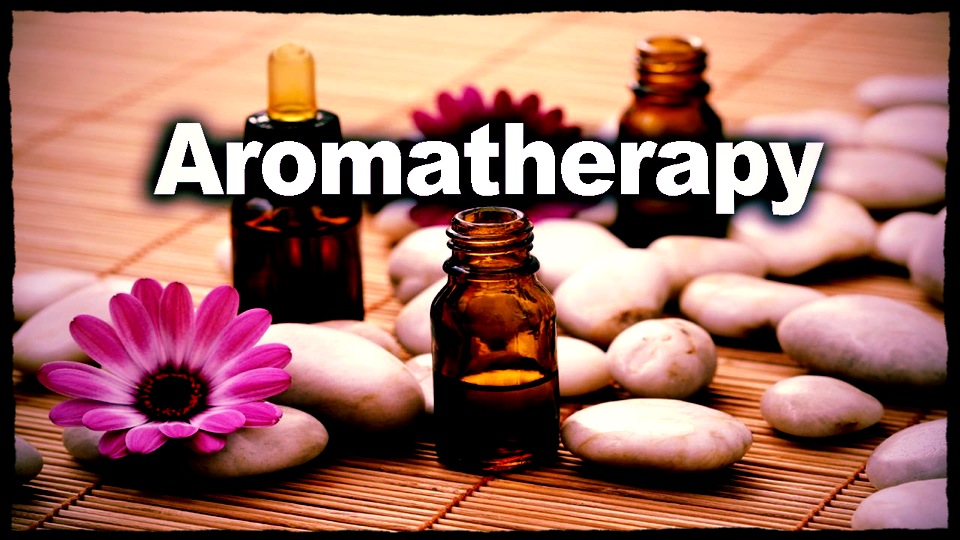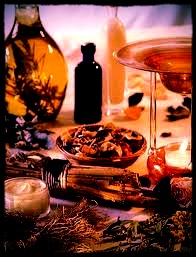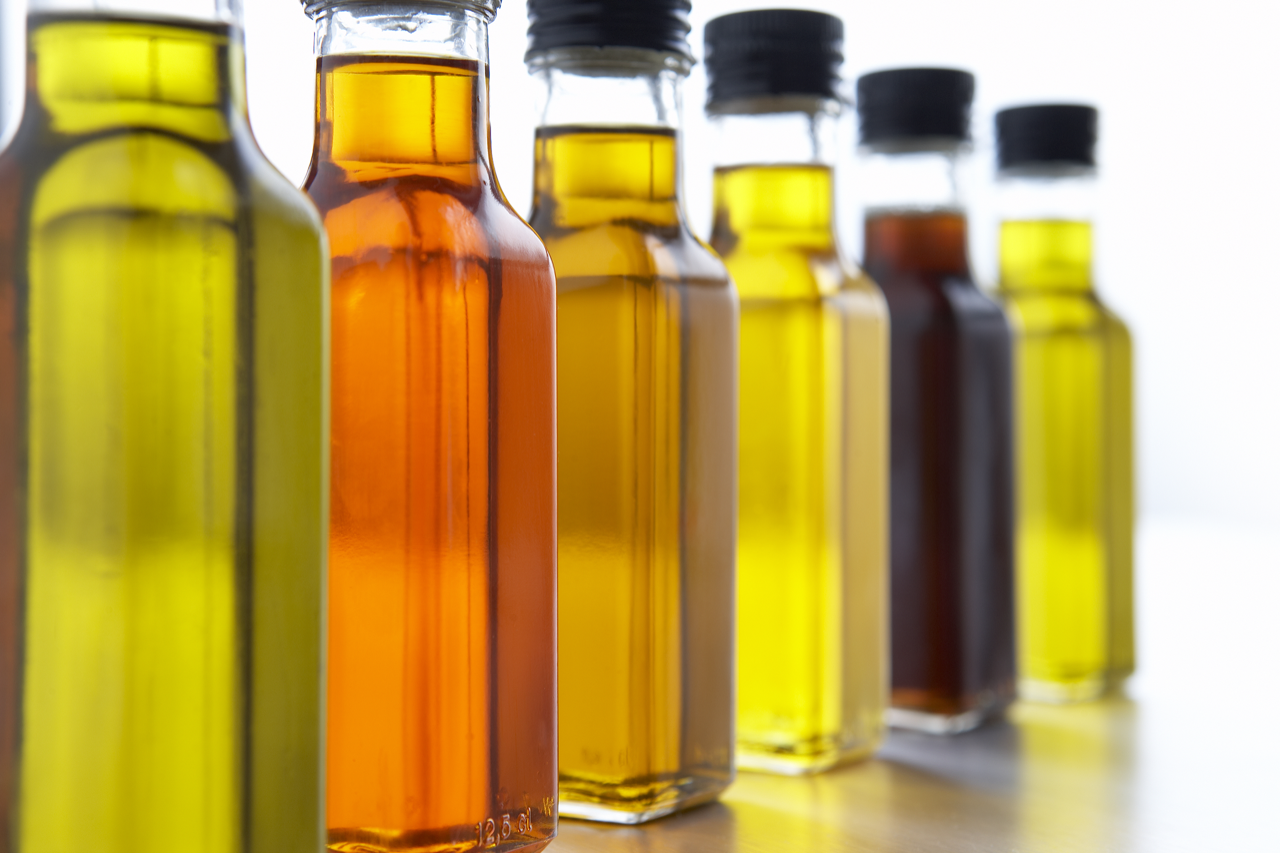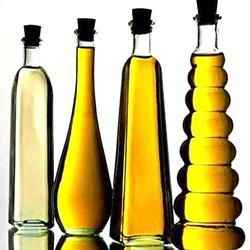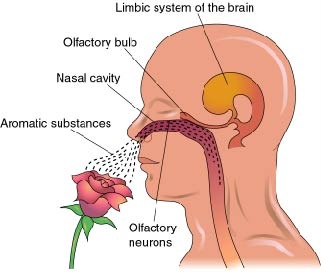Aromatherapy is not purely for sprucing up our surroundings...
Essential oils can be used everyday. They are excellent for muscle tension, inflammation, headaches, anxiety, mental focus, healing burns and cuts, helping with acne, killing germs and bacteria/viruses, repelling fleas and ticks from our pets as well as creating a more relaxing environment and state of mind.
It is very important to note that all “fragrances” or “perfumes” are not necessarily beneficial and do not qualify as aromatherapy. Only essential oils (plant derived), which are natural and do not have any synthetic chemicals or artificial ingredients, are capable of providing therapeutic value to us and our surroundings. There are 100's of available oils out there and all have a therapeutic remedy of some kind.
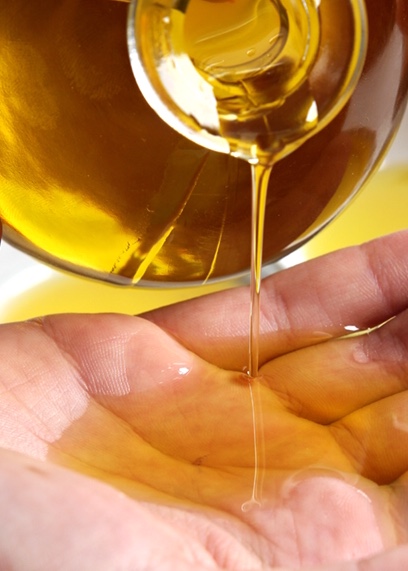
The Healing Power of the Essential Oil is the Essence of Aromatherapy.
Research on the effectiveness of aromatherapy and the therapeutic use of essential oils extracted from plants has shown that aromatherapy has many health benefits. The ancients knew all this. Influenced by the Greeks and Romans, as well as Chinese and Indian Ayurvedic use of aromatic herbs, the Persians began to refine distillation methods for extracting essential oils from aromatic plants. Essential oil extracts were used throughout the dark ages in Europe for their anti-bacterial properties. Farmers and homeowners used botanical pesticides to control both indoor and outdoor pests long before synthetic pesticides were formulated in the mid-1900s. In modern times, the powerful healing properties of essential oils were rediscovered in 1937 by a French chemist, Rene-Maurice Gattefosse, who healed a badly burned hand with pure lavender oil. A French contemporary, Dr. Jean Valnet, used therapeutic-grade essential oils to successfully treat injured soldiers during World War II. Dr. Valnet went on to become a world leader in the development of aromatherapy practices. The modern use of essential oils has continued to grow rapidly as health scientists and medical practitioners continue to research and validate the numerous health and wellness benefits of therapeutic-grade essential oils. Essential oils used in aromatherapy are typically extracted from various parts of plants and then distilled. The highly concentrated oils may be inhaled directly or indirectly or applied to the skin if diluted in a carrier oil.
Aromatherapy works by stimulating smell receptors in the nose, which then send messages through the nervous system to the limbic system- the part of the brain that controls emotions. When we are exposed to an aroma, the molecules are exposed to our olfactory epithelium, our nasal receptors. The transmission of this signal from the exposure of the fragrance molecule to our brain leads to interpretation of the scent in our brain centers, which involve memory, sensory perception, general processing center, and to a gland in our brain that mediates chemical secretion into our blood and other parts of our brain, just to name a few effects.
Various scents trigger different emotions and sensations in different people. Most of us can attest to how our body and mood reacts to different scents and how it may transport us back to a memory of a pleasant or unpleasant time in our past. This amazing ability for a simple scent to bring about both a mind and body reaction is something we can use to our benefit when we are considering healing modalities.With such intricacy of neuro-processing involved in our body's interpretation of a fragrance, it's no wonder that many have become staunch supporters of using aromatherapy to help them with a variety of daily health concerns.
How I Use Essential Oils
Besides using essential oils in my practice and on my own body (for a natural perfume, mental relaxation or to get enegized) I also put 20 drops of Tea Tree into each load of laundry, there's a reed diffuser of Lavender in our livingroom for dog (and stinky teenage boy) smell and I have cleaned my bathroom, kitchen sink and countertops with a spray bottle of Lemongrass and water. Essential Oils give an overall peaceful and clean feeling to our home as well as improve the air quality throughout the entire house. Oh, we also put a dish of Tea Tree and Lemongrass in the air return duct to kill air-borne bacteria!
Typically, I use essential oils in therapy sessions to relieve tension and stress both physically and mentally as well as recommend people have a reed diffuser (with undiluted oils) or a squirt bottle (with water and oils mixed) at home. Who needs generic air-fresheners when you can have the real stuff? They really do work at keeping our homes clean, disinfected and our minds and bodies relaxed!
It's interesting that although most of our clients are extremely open minded about alternative therapies, they infrequently ask about aromatherapy. At BWC we definitely see the gamut of various health concerns, ranging from anxiety to high cholesterol to rheumatoid arthritis to insomnia to chronic pain to depression. Aromatherapy provides relief from many health problems and improves quality of life, particularly for people who have chronic health conditions. I incorporate them to fit the physical needs unless someone doesn't want a scent at all.
- Site design by BWC Massage
- Top of the page
- (c) 2002 | All rights reserved

